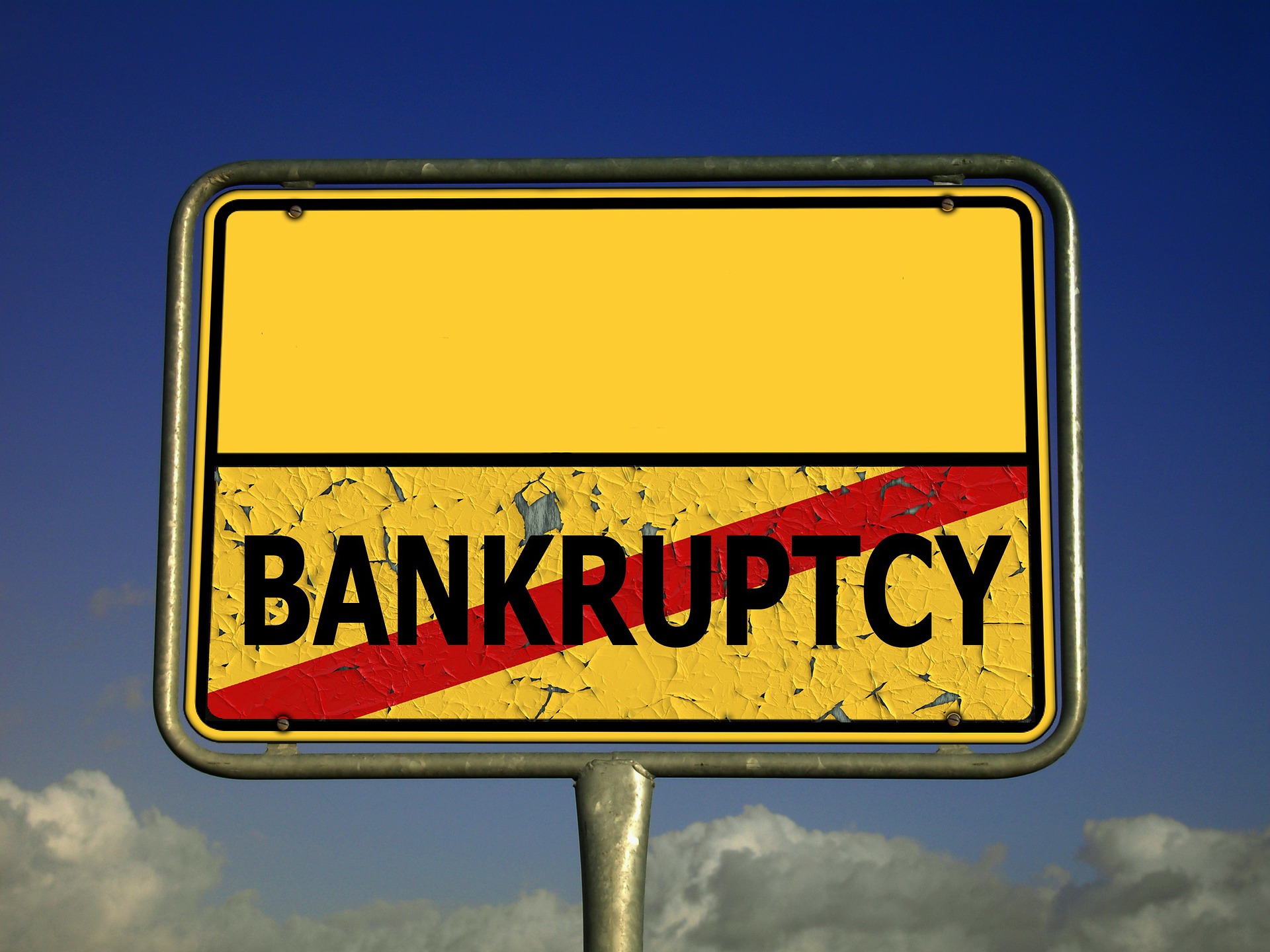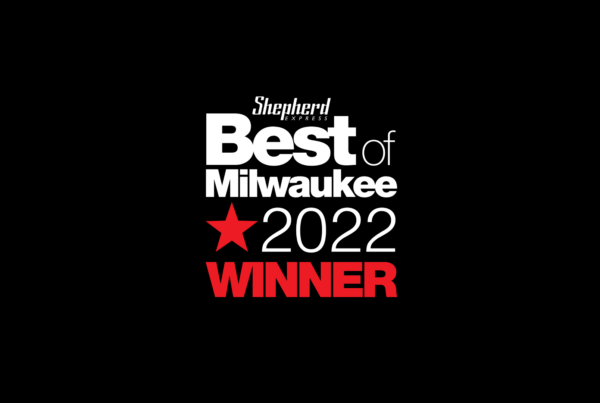Without any warning, you receive a notice from a bankruptcy court that a customer who owes you thousands of dollars has filed for bankruptcy.
You’ve heard about companies going bankrupt, of course, but you’ve never been in the middle of one.
What should you know?
The notice should tell you what type of bankruptcy your customer filed. If it filed a Chapter 11 bankruptcy, it likely wants to reorganize, arranging for some payments to its creditors, continuing its business in some form. If your customer filed a Chapter 7 bankruptcy, it will probably liquidate its property and dissolve its business.
You have more of a chance of recovery under a Chapter 11 than a Chapter 7.
Regardless of the type of bankruptcy, a bankruptcy estate is created upon the filing of the bankruptcy petition and an automatic stay, which shields the debtor from virtually all acts and proceedings to enforce a pre-petition debt, secured or unsecured, is triggered. To take action against the debtor regarding prepetition debts or litigation, a creditor must first make a successful motion in the bankruptcy to obtain relief from the stay. If you delivered product to a debtor within 45 days before the bankruptcy, you may, within certain deadlines, issue a demand for “reclamation” to retake the goods, despite the automatic stay.
This only applies, however, to goods still possessed by the debtor and not subject to a security interest.
After the demand, you still have to obtain relief from the stay to take any action. If you don’t issue a reclamation claim, you may still be able to obtain a priority claim for the value of goods delivered to the debtor within 20 days of the petition date. It is always important for a creditor to prepare and file, with the bankruptcy court, a proof of claim which details and provides documentation for the amounts claimed owed. The bankruptcy court will set a deadline for the filing of claims. A creditor may or may not receive notice of the deadline, so it is important to regularly check the court docket or file a request for notices with the bankruptcy court.
A proof of claim, however, does not end a creditor’s obligations.
For example, the debtor may seek to recover from a creditor all payments made by the debtor to the creditor within 90 days before the bankruptcy – “preference” payments.
While defenses may exist to preference recovery, it is not uncommon for a creditor to recover only a small percentage of its debt and still be faced with a demand to pay substantial preference payments to the debtor. As unfair as this seems, it reflects Congress’ desire to keep all creditors on a level playing field. Preference claims try to avoid targeted pre-bankruptcy payments to favored creditors.
For more information, contact your FOS attorney.






